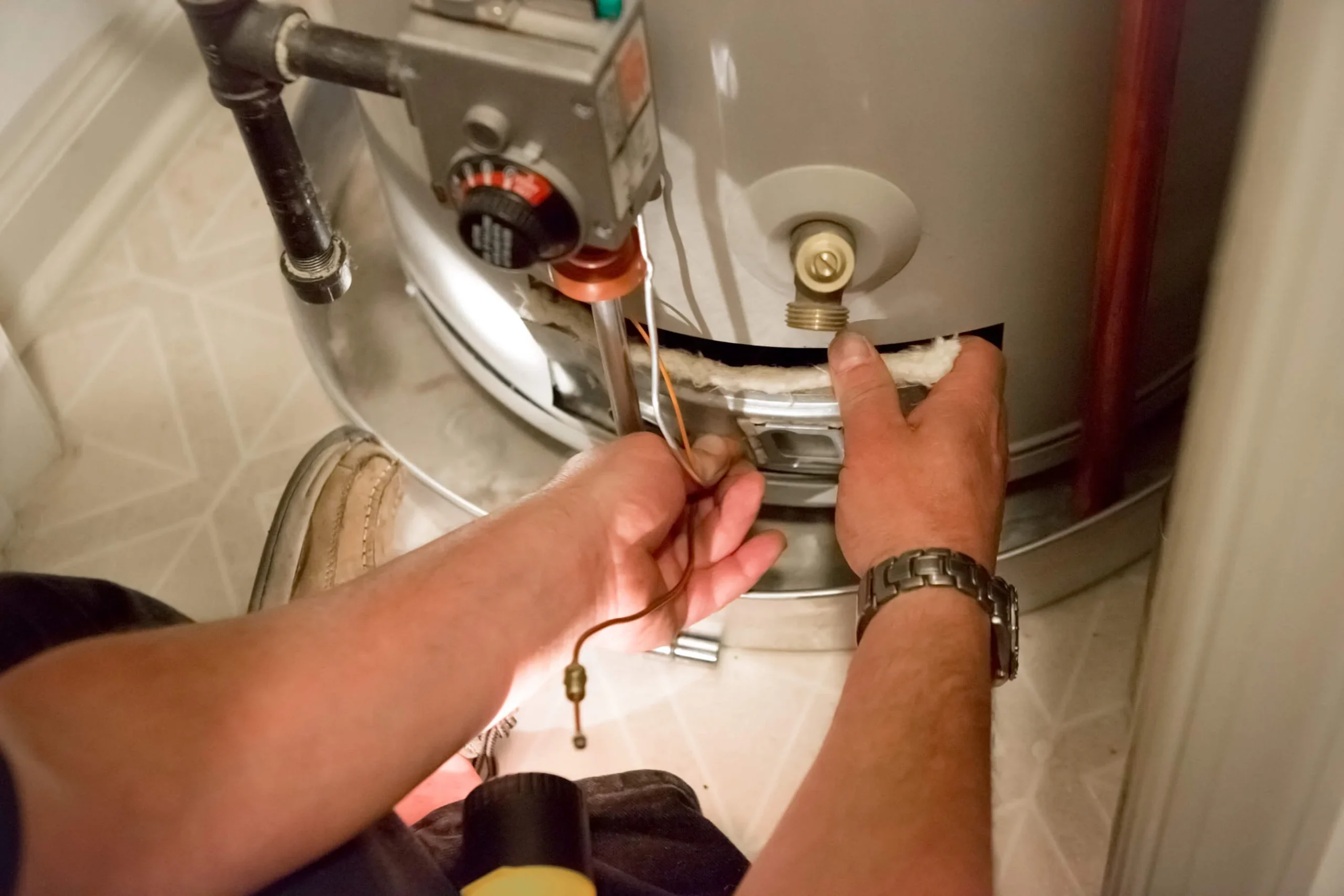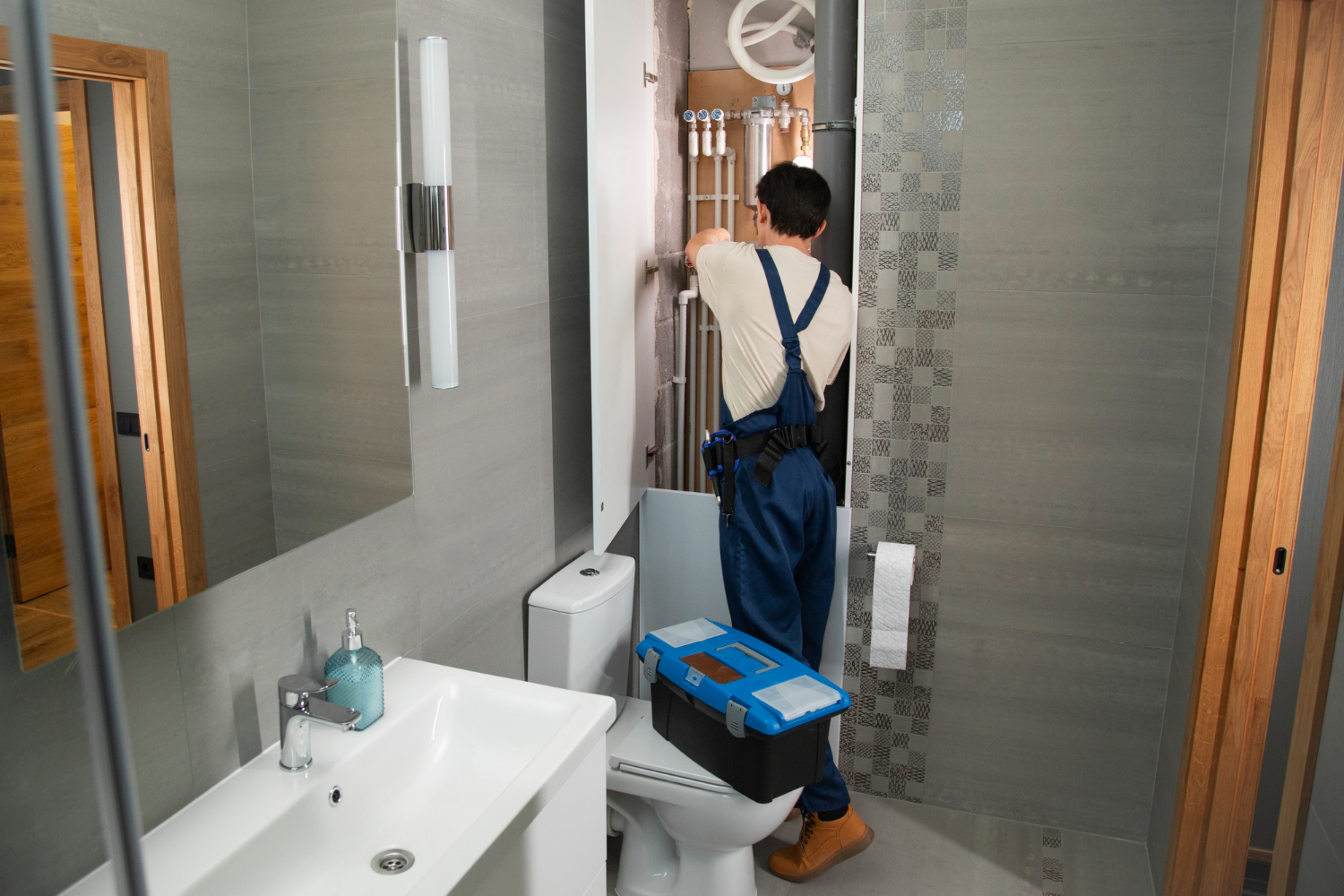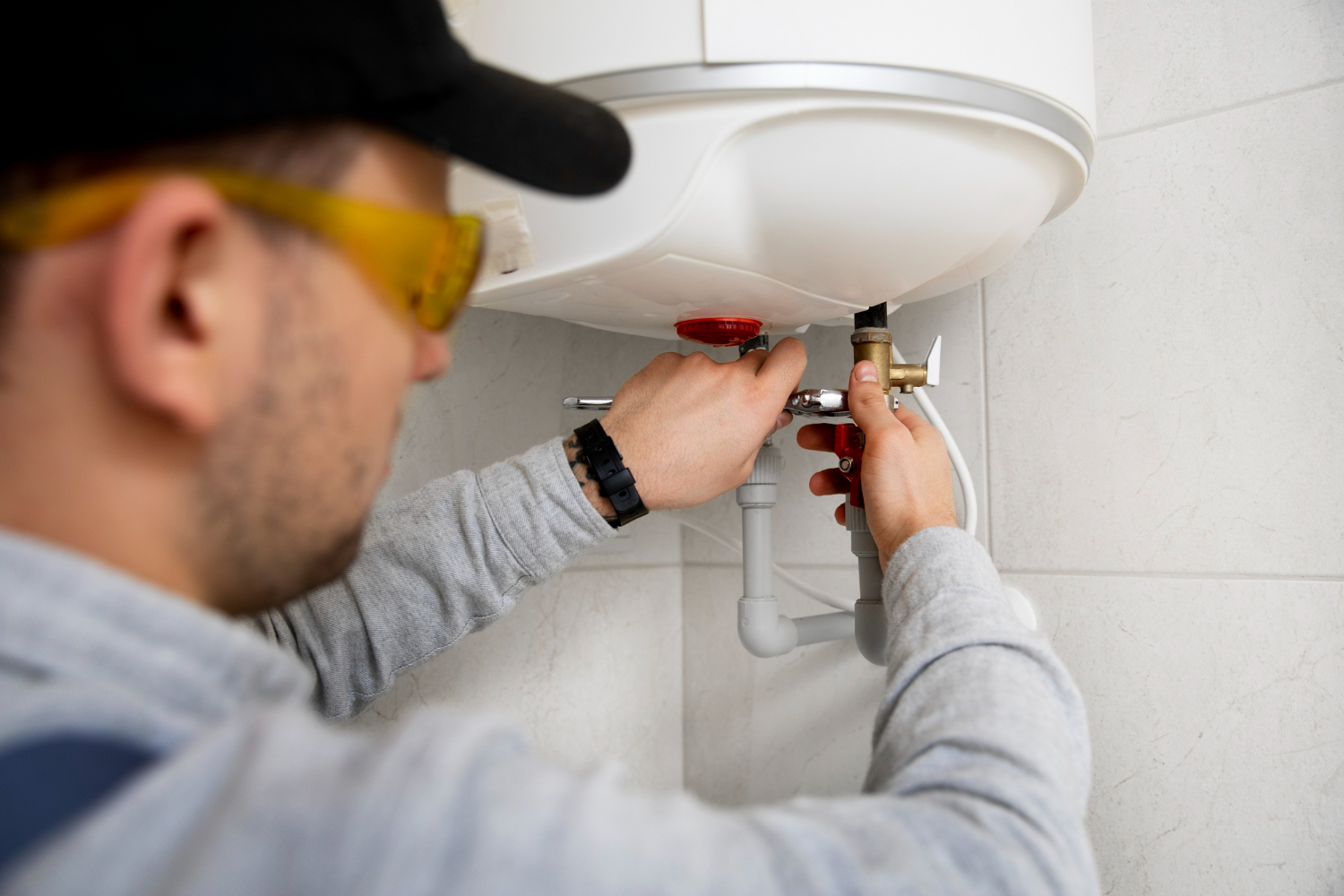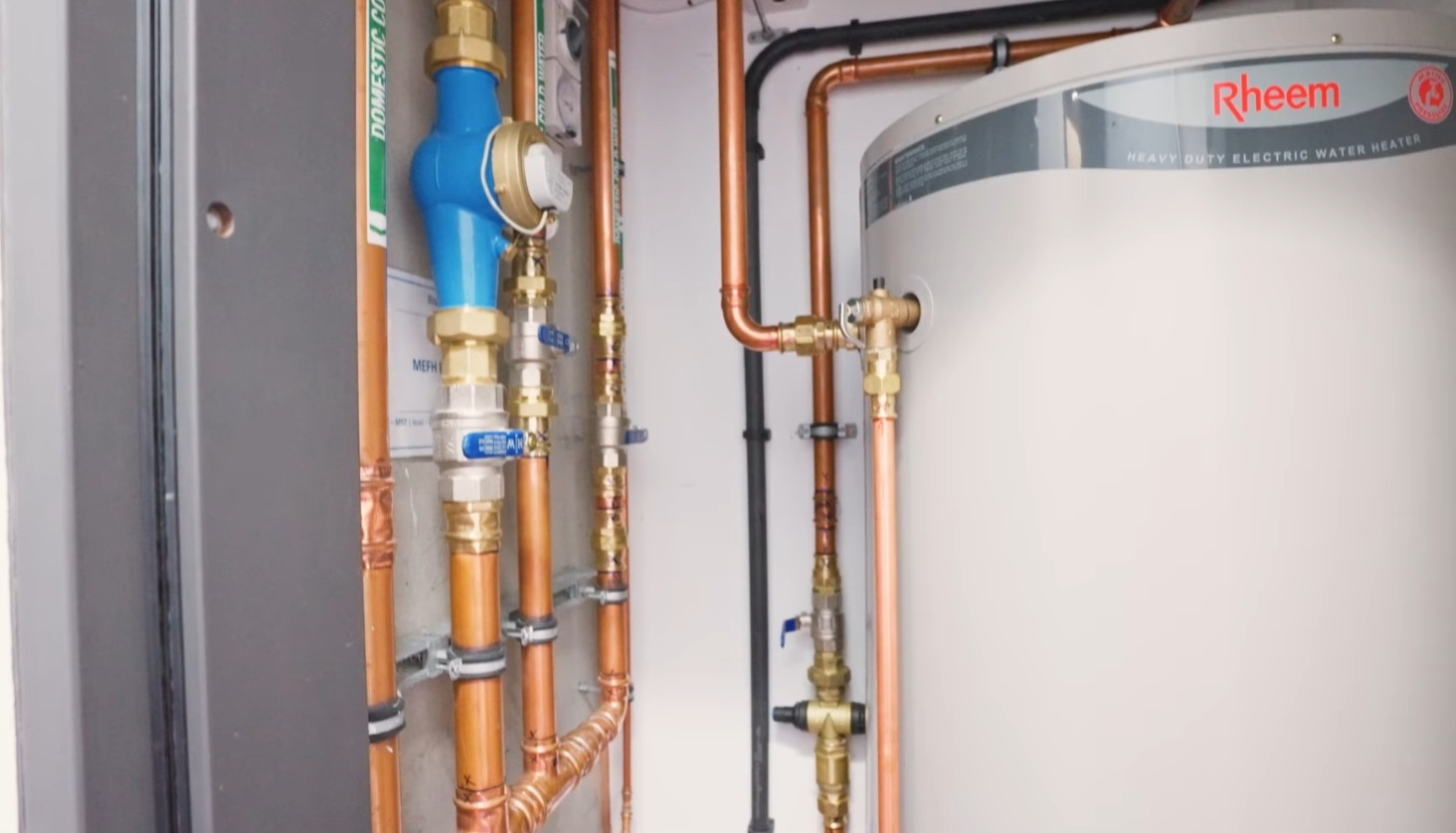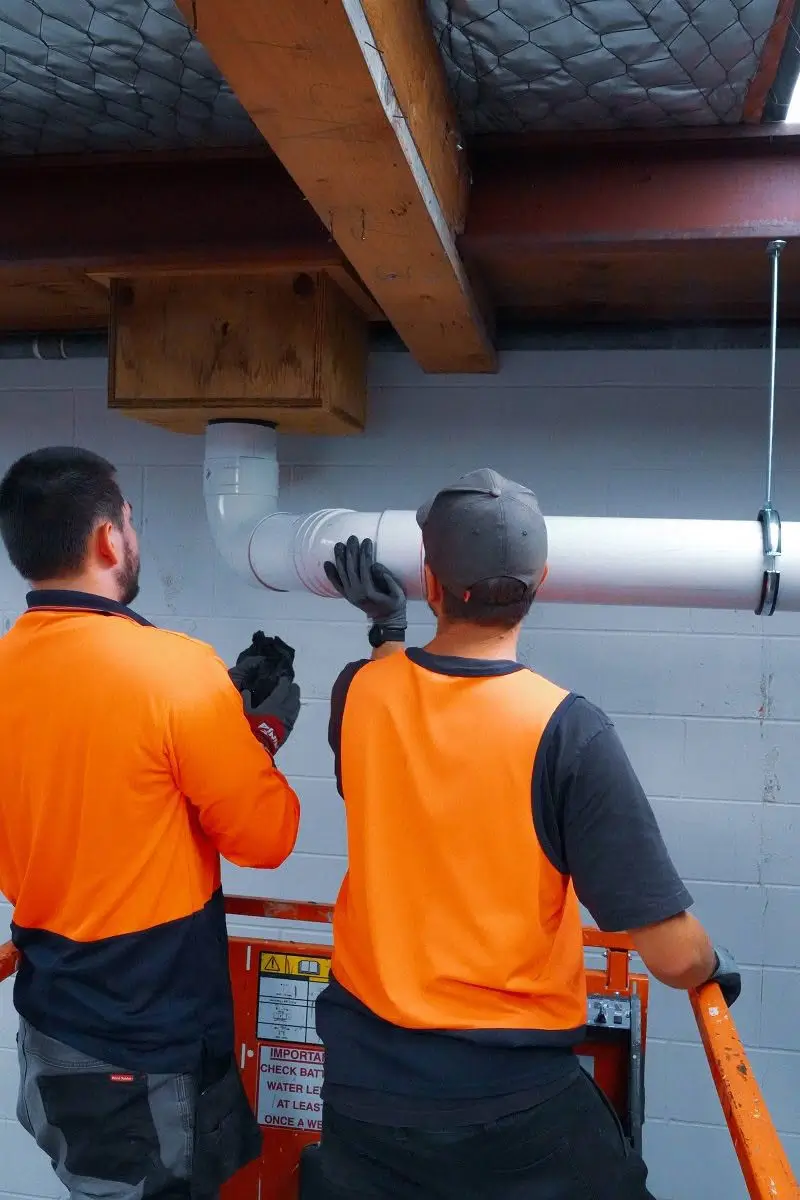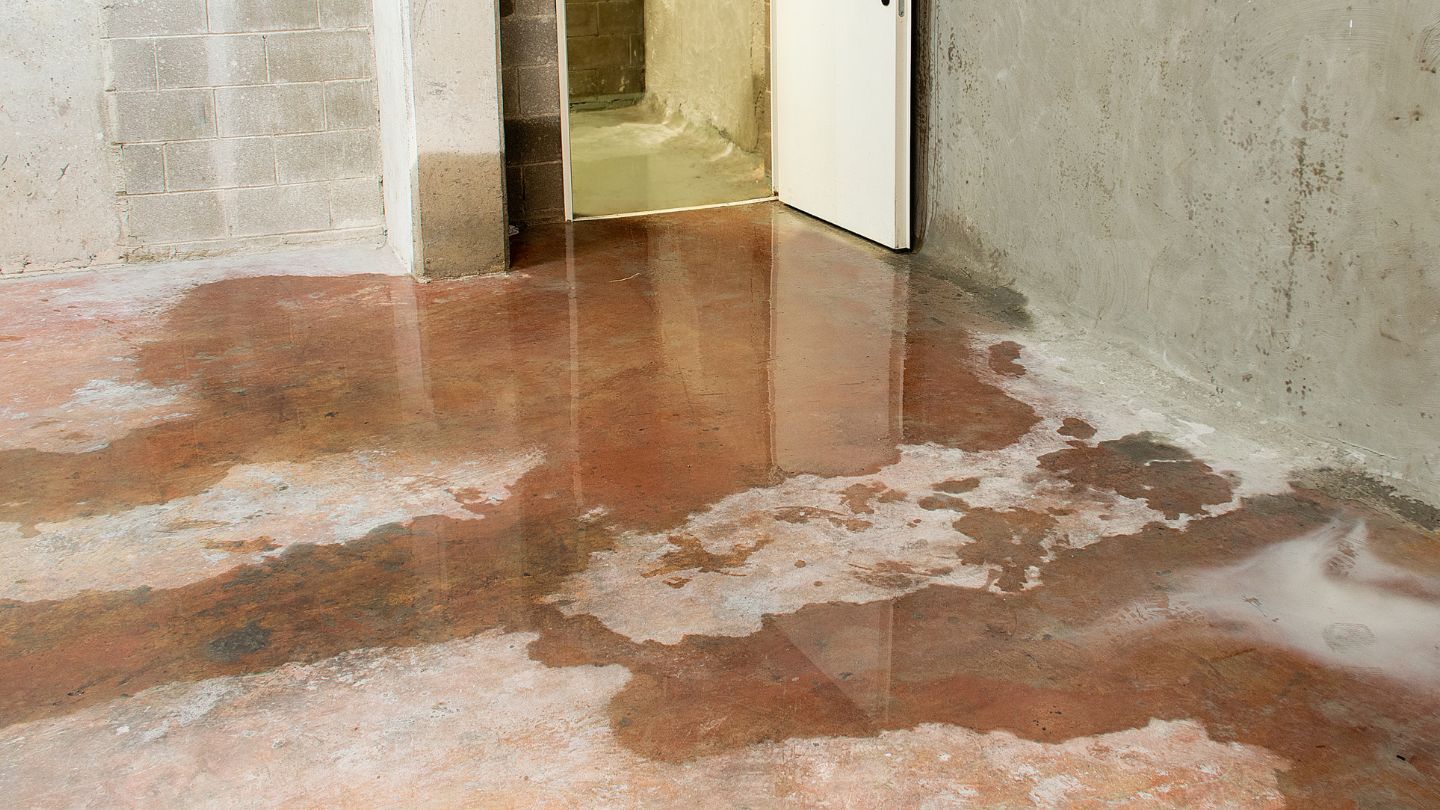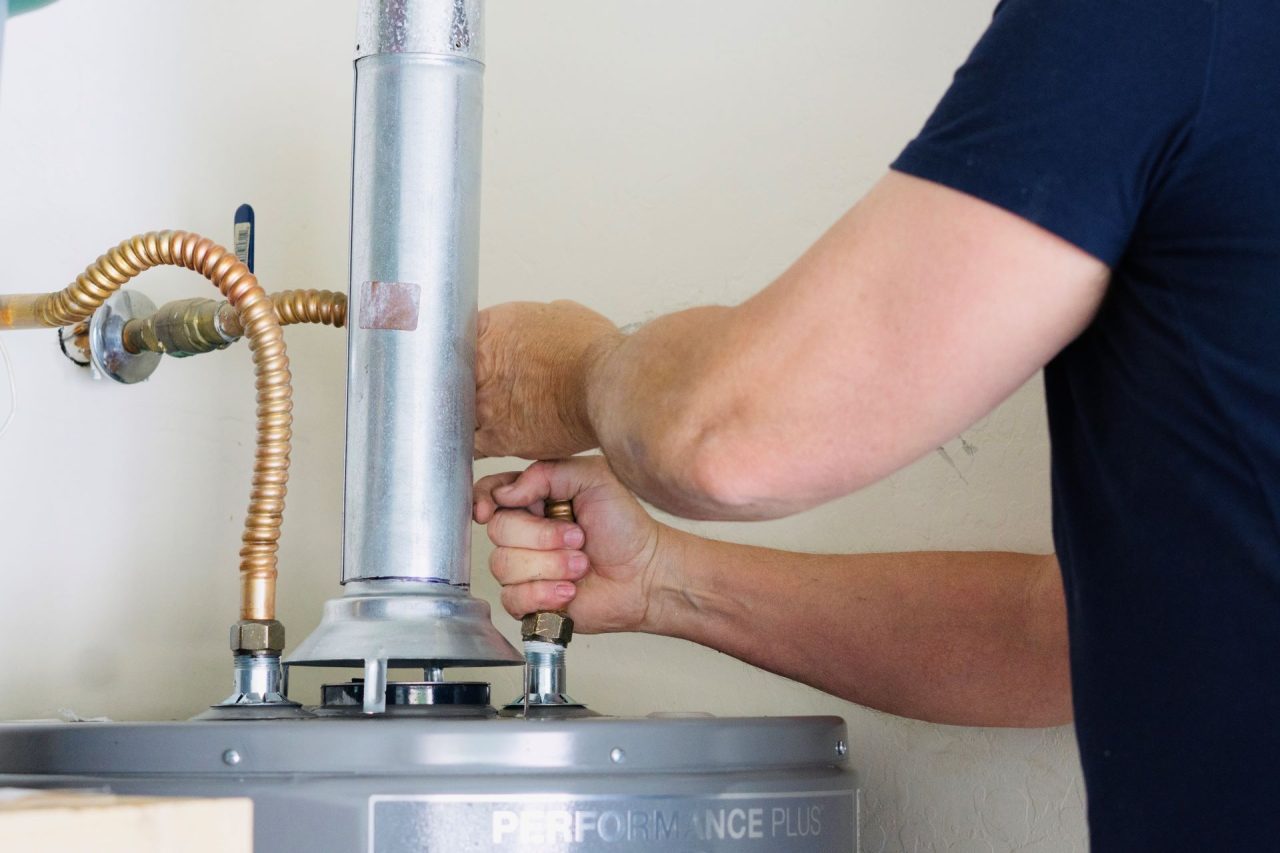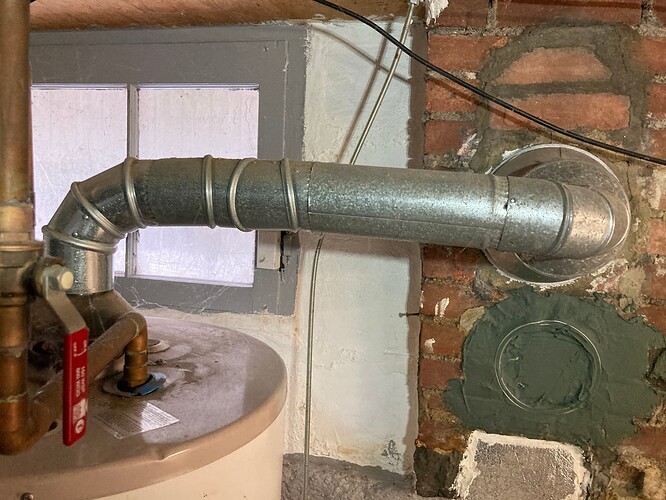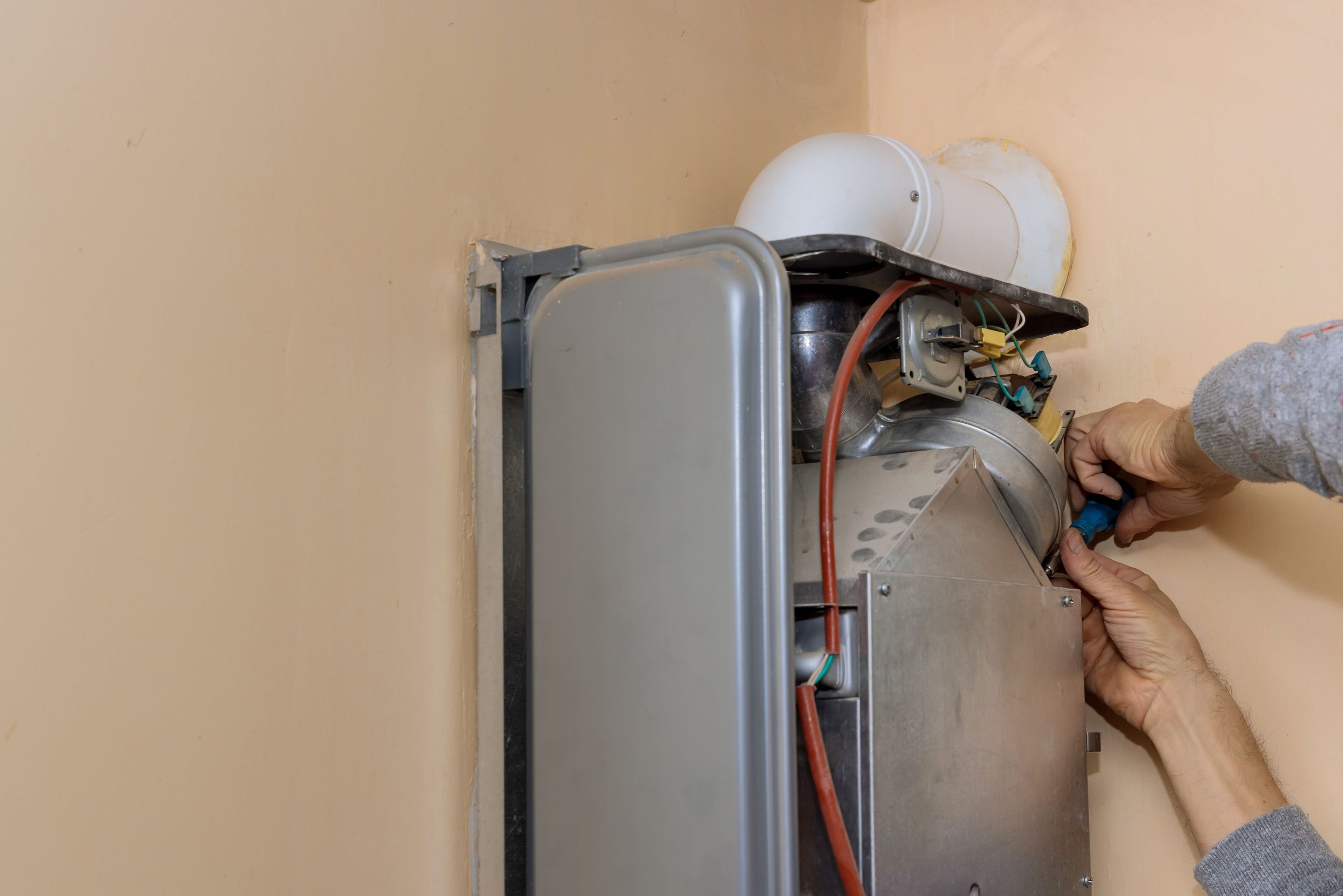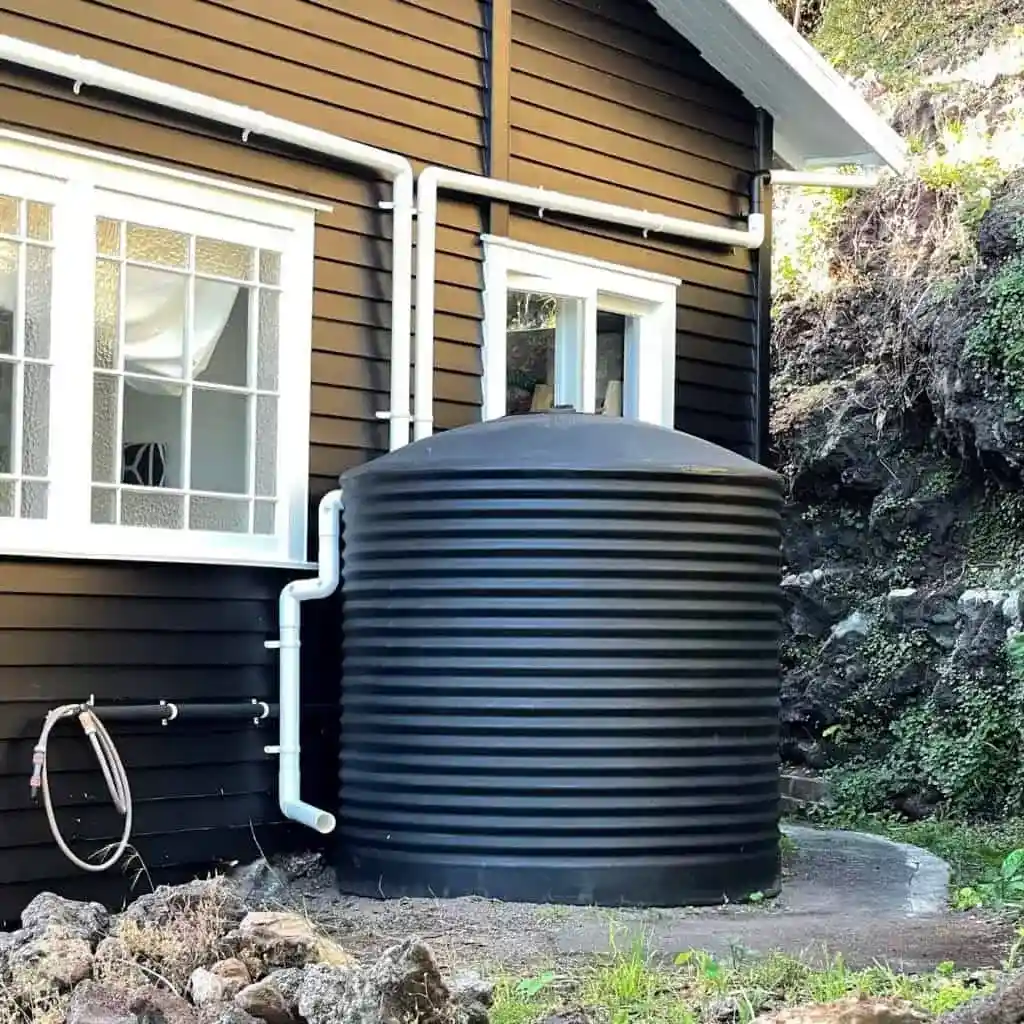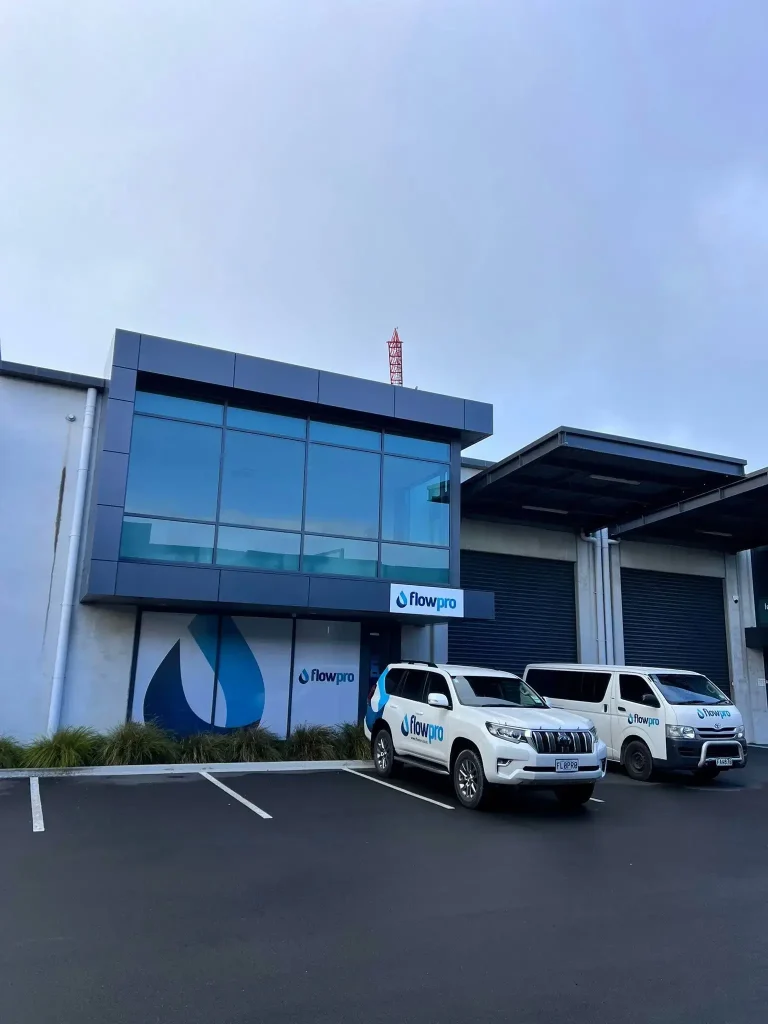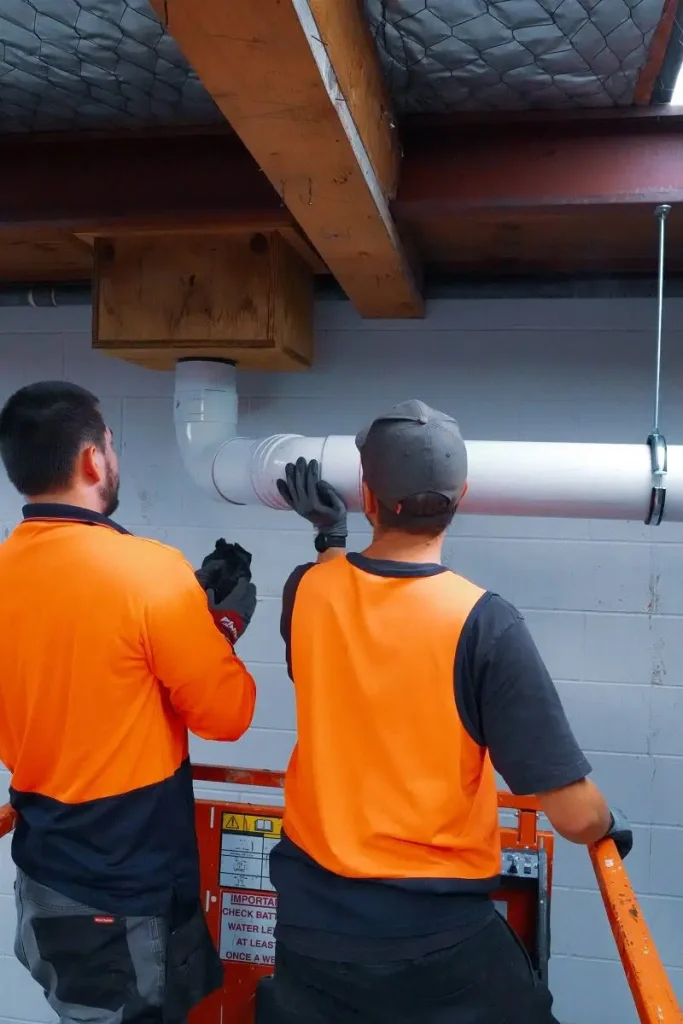Are you frustrated because your gas water heater does not have enough hot water? Many households deal with this issue without knowing the cause. There are a few common culprits you can check (and sometimes fix) before calling a licensed gasfitter.
In this post, you’ll learn how to identify potential problems, try safe troubleshooting steps, and maintain your gas water heater so it consistently delivers the hot water you need.
Common Reasons Why Your Hot Water Supply Drops
When your gas water heater fails to keep up, these are the usual causes:
- Undersized tank or system
- Incorrect thermostat settings
- Sediment buildup inside the tank
- Weak or interrupted gas supply
- Lack of routine maintenance over time
Sometimes the problem is as simple as a small adjustment, like correcting the thermostat, while other times it can be more serious, such as a failing gas line. Narrowing down the issue step by step makes it easier to know whether you can troubleshoot yourself or if it’s time to call a licensed gasfitter.
Check Your Water Heater Size
One common reason you may not get enough hot water is that your tank isn’t large enough for your household’s needs. If your water heater struggles with multiple showers, dishwashing, and laundry at the same time, it may be undersized.
Why Tank Size Matters
The capacity of your gas water heater directly affects how much hot water is available. If the supply runs out quickly whenever tasks overlap, the unit may not meet your demand. This isn’t usually fixed with a quick adjustment, but recognizing the issue is the first step.
What You Can Do
- Time your usage: Space out showers, laundry, and dishwashing so the tank has time to recover.
- Consider upgrading: If your household has grown or hot water use has increased, you may need a larger or more efficient unit. A licensed gasfitter can advise on replacement options.
Inspect Your Thermostat Setting
If your thermostat is set too low, your gas water heater might not heat the water to your preferred temperature. Or if it’s faulty, you may not get enough heat in each cycle.
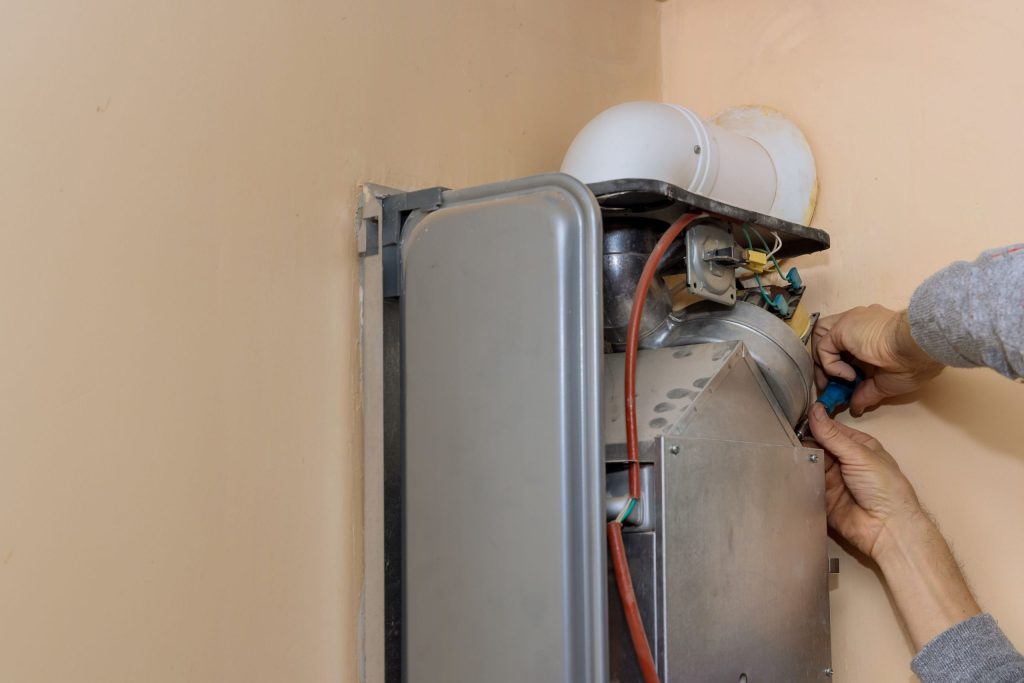
Thermostat Basics
Many homeowners don’t give a second thought to the water heater thermostat, but it’s the gatekeeper of how hot your water actually gets. A typical dial might range from warm to very hot, but you’ll usually find a sweet spot around 50-60°C (depending on your comfort level and local regulations).
Try These Quick Fixes
- Look for the dial. Check if it’s on the recommended setting (often marked in a safe range).
- Adjust carefully. If it’s set too low, gently turn it up a bit, then wait to see if your water temperature improves. Don’t go too high, though, as scalding water can be dangerous.
- Contact a professional if it’s broken. If fiddling with the dial does nothing or if you suspect the thermostat itself might be faulty, a licensed technician can test, replace, or recalibrate it safely.
Watch For Sediment Buildup
Over time, minerals and debris swirling around in your tank can settle at the bottom, forming a layer of sediment. This buildup acts like an insulator, preventing your burner from effectively heating the water. This results in less hot water than you’d expect.
Why Sediment Forms
In areas with hard water (water with high mineral content), particles tend to embed themselves inside the tank. Although minor sediment is common, heavy buildup can drastically reduce efficiency and shorten your heater’s lifespan.
How to Spot and Address It
- Check for popping or rumbling sounds. If you hear strange noises when your heater fires up, sediment may be accumulating.
- Flush the tank. You can sometimes do a partial flush on your own, by turning off the heater and draining a portion of the water from the flush valve (check your manual for guidance). This helps clear out some of the gunk.
- Seek professional help. If the buildup is severe or if you’re uncomfortable performing a flush, let a gasfitter handle a thorough cleaning. They can also recommend anti-scale solutions if needed.
Inspect Your Gas Supply
Sometimes, the issue isn’t actually the water heater itself. Instead, it’s that the gas supply is weak or disrupted. If gas can’t flow at the needed pressure, your water heater can’t generate enough heat to keep your water sufficiently warm.
Signs of a Gas Supply Problem
- Pilot light goes out frequently
- Flame is yellowish or flickers irregularly (it should be steady and blue)
- You smell gas around the unit (in which case you should switch off the supply and contact a professional for gas leak detection services immediately)
Quick Checks at Home
- Ensure the gas is on. This may sound obvious, but it’s worth a quick look. Make sure the main gas valve has not been accidentally turned off.
- Pilot light status. If the pilot light is out, try relighting it according to the manufacturer’s instructions. If it won’t stay lit, you might have a broken thermocouple or another issue that a gasfitter needs to fix.
- Watch for other appliances. Does your stovetop or furnace also seem to be having trouble? That could mean an overall gas supply issue that requires professional attention.
If you continue to have concerns, booking a professional gas safety check will ensure your system is safe, compliant, and running as it should.
How to Prevent Future Hot-Water Shortages
Consistent maintenance can help you avoid unexpected cold showers and prolong your heater’s efficiency. Most people only think about a gas water heater when it fails, but a little maintenance up front can make a big difference.
- Do a mini inspection every few months. Listen for strange noises or watch for signs of leaks.
- Flush the tank annually if your water is high in sediment. This helps keep the inner workings clean.
- Check the pressure relief valve. It’s a small but essential component that prevents dangerous pressure build-up. Make sure it’s not clogged or damaged.
A Quick Table for Upkeep
| Maintenance Task | Frequency | Action Needed |
| Check thermostat setting | Every 2-3 months | Confirm correct temperature |
| Flush tank (partial or full) | Annually | Drain tank to clear sediment |
| Inspect pilot light | Monthly | Ensure steady blue flame |
| Pressure relief valve test | Yearly | Lift valve to check discharge |
By staying consistent with these tasks, you’ll not only keep your hot water flowing consistently but also catch early warning signs that something bigger might be around the corner.
When to Call a Licensed Gasfitter
Some problems go beyond simple adjustments or flushing the tank. A licensed gasfitter can handle gas safety checks and compliance work that keep your system safe. Here’s when to make the call:
- Persistent shortage: You’ve tried basic fixes, but the hot water supply hasn’t improved.
- Suspected gas leak: If you smell gas or notice unusual odours, shut off the valve, ventilate the area, and call a professional immediately.
- Complex repairs: Replacing a thermocouple, fixing valves, or upgrading the unit requires knowledge of gas regulations.
Fix Your Gas Water Heater Not Enough Hot Water Issue With Flowpro Today!
Struggling with limited hot water at home? Flowpro’s licensed gasfitters can diagnose the cause, carry out gas safety checks, and repair or replace faulty parts so your system works reliably again.
Call 098024984 or email plumbing@flowpro.co.nz today to schedule your inspection and let Flowpro restore your hot water with trusted expertise.
